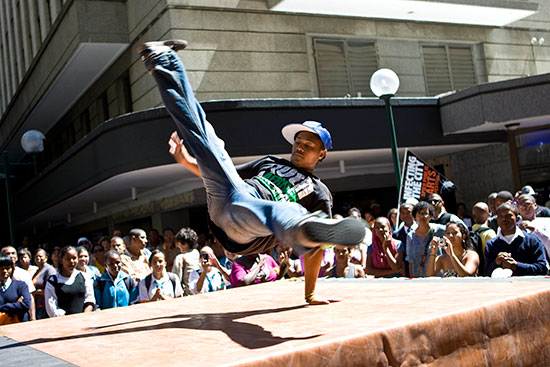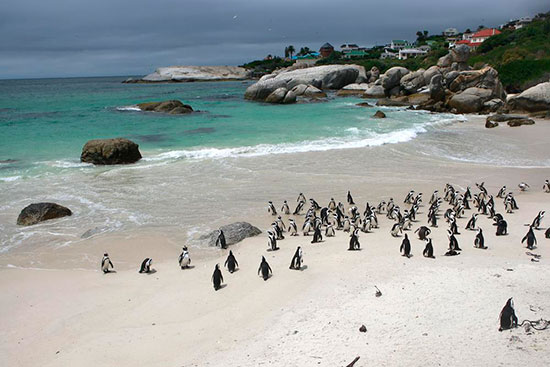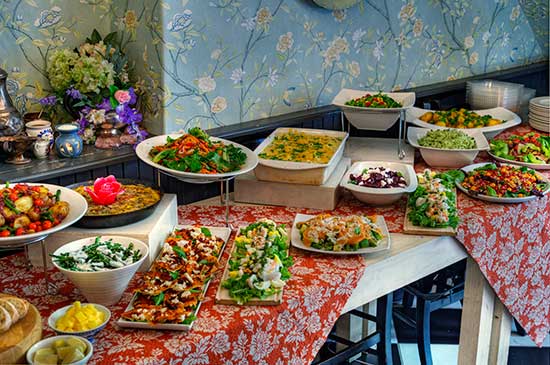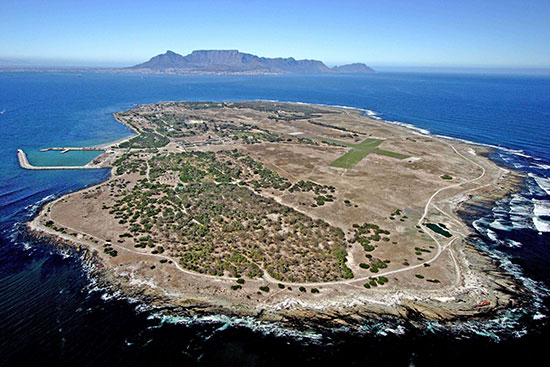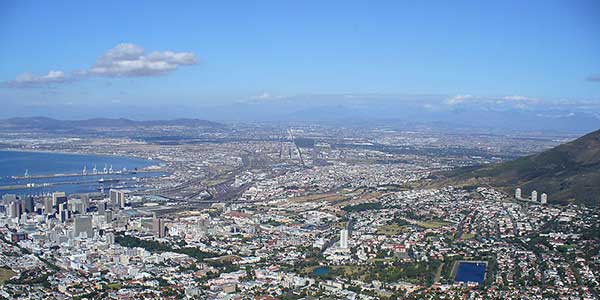
Your Guide To Cape Town
Ah, Cape Town. Post-card perfect panoramas, gorgeous ocean-vistas, awesome accents… But before you can show off your holiday photos to all your friends, here’s our guide to get you through that pesky planning.
When To Go
Although you can visit Cape Town year-round, the peak season covers the Summer months between November and March, when beaches get crowded with festive holiday-makers keen to catch the rays over Christmas. The less-bustling spring period lasts over September and October and is ideal for hiking and getting up close to the region’s blossoming wildlife. Winter is never especially cold due to the area’s Mediterranean climate, and although it can get wet and windy, temperature rarely drop below 10 degrees. Still, Winter weather can be wildly unpredictable, so if travelling between June and August, better pack for all seasons.
Where To Go
Where to start? The iconic Table Mountain seems as good as any, with cable cars brining you up and down – unless you prefer to take on the world’s highest commercial abseil (112 metres of rope down a cliff face). There are a number of stunning and exhausting trails taking you up the mountain to earn the stunning birds-eye view over Cape Town. Alternatively, head down to the Boulders Beach and check out the adorable penguin colony. Downtown, the city boasts the stunning V&A Waterfront and the notorious party capital of Long Street. And only a short hour’s drive in are the Cape Winelands – remember to designate that driver.
Where To Stay
Most tourists like to live around the waterfront, but beware: the V&A Waterfront besides its shopping and restaurants only hosts two hotels, the V&A Hotel and Cape Grace. However, there are plenty more beds to book within a short walkable radius at Sea Point, Green Point, Mouille Point, Bantry, Camps or Three Anchor Bay. Ultimately where you’ll want to stay is dependant on how far you’re willing to stretch the purse-strings, though remember that taxis are cheap and plentiful.
Some Fast Facts (in case you didn’t know)
South Africa’s currency is the rand (ZAR) and has a pretty favourable exchange rate to most other monies, including the pound, euro and dollar. Most commercial businesses accept international credit cards.
South Africa has 11 official languages, though if your Xhosa or Afrikaans is a little rusty, most people there can speak English.
You’ll need a yellow fever certificate (unless you’re under the age of one) and to check the visa requirements for your country.
Cape Town is the tobogganing capital of South Africa: out of the 300 tobogganing tracks that exist worldwide, Cape Town is home to Cool Runnings, the only one in Africa and 25km from the city centre.
Fancy that.
By Sarah Morland

